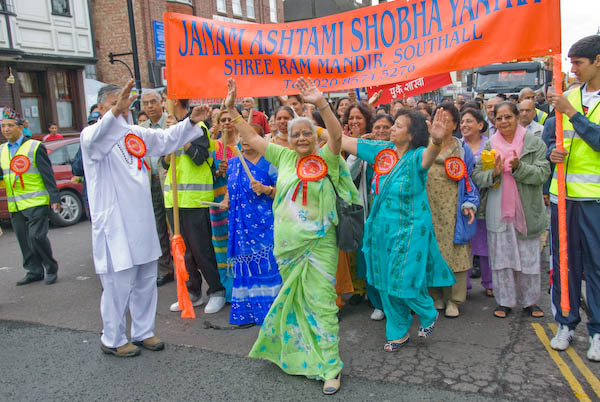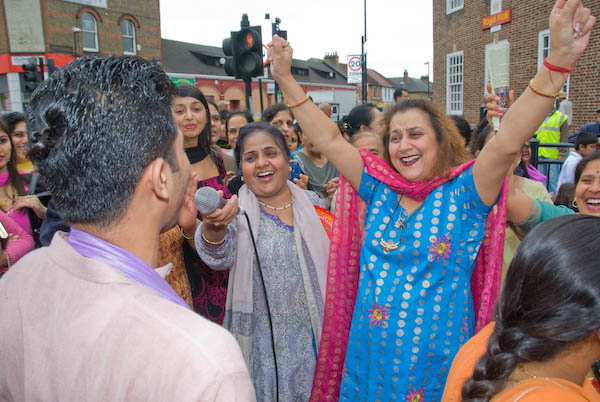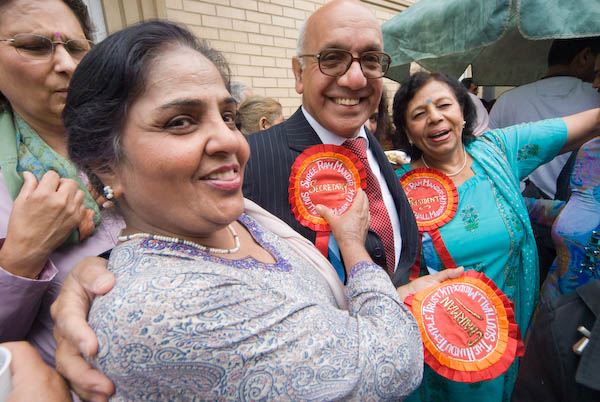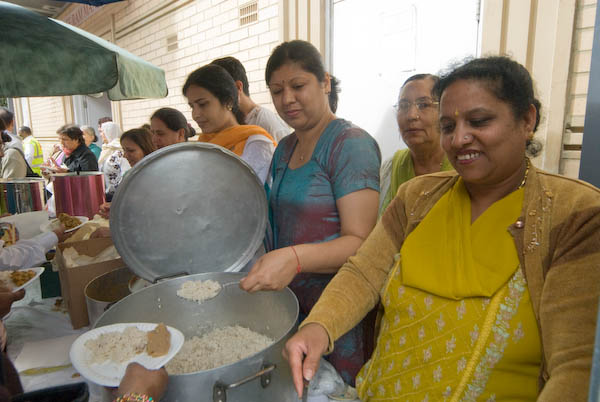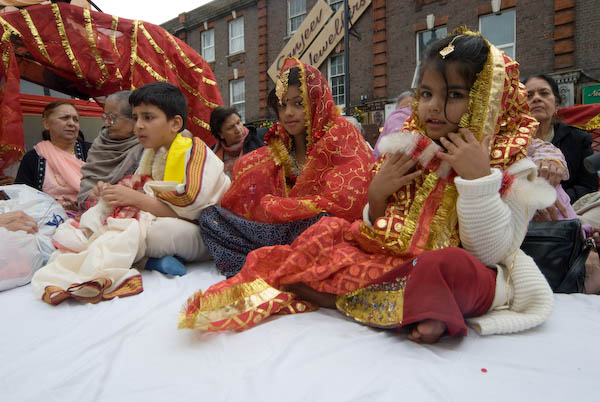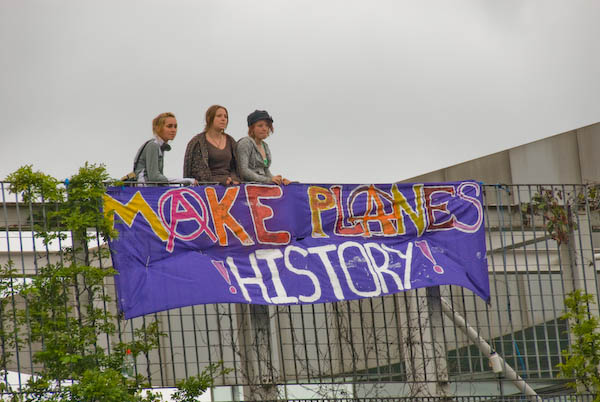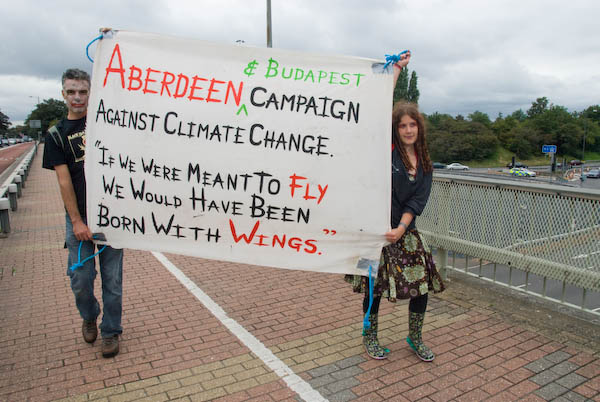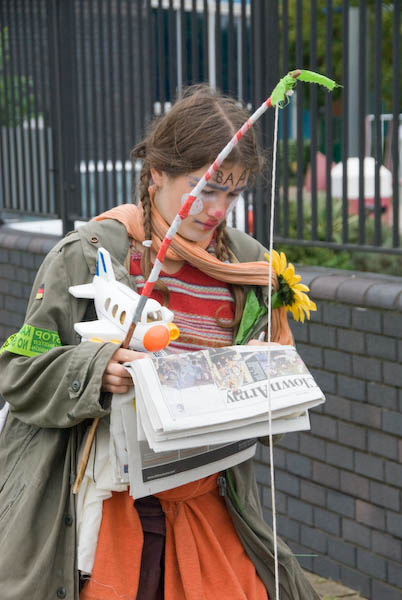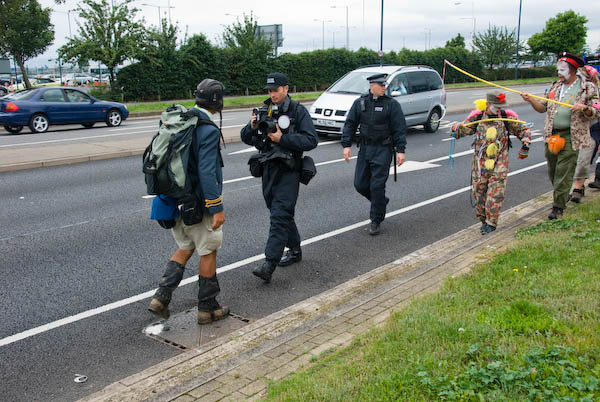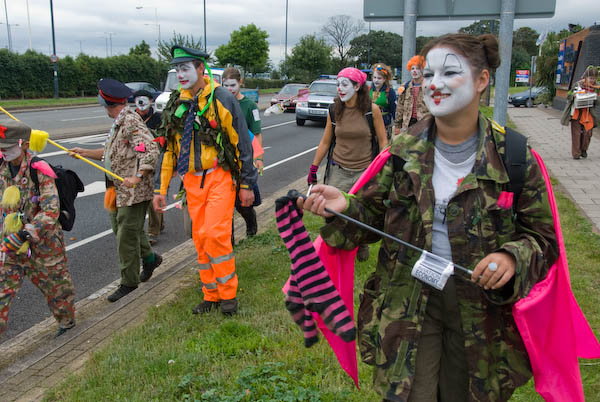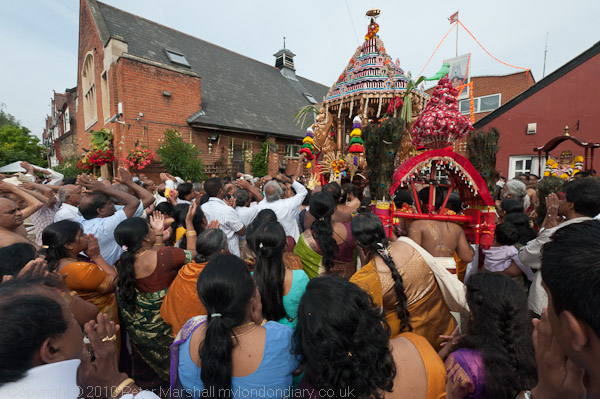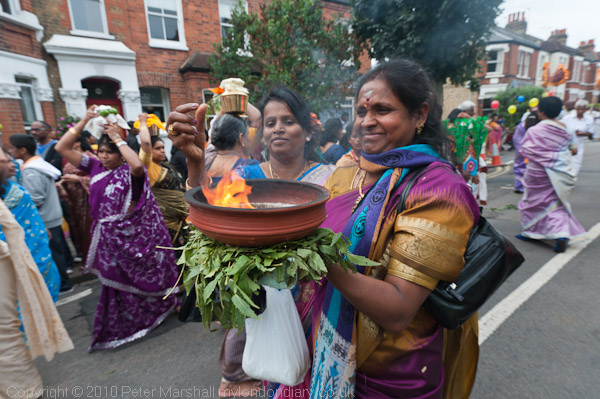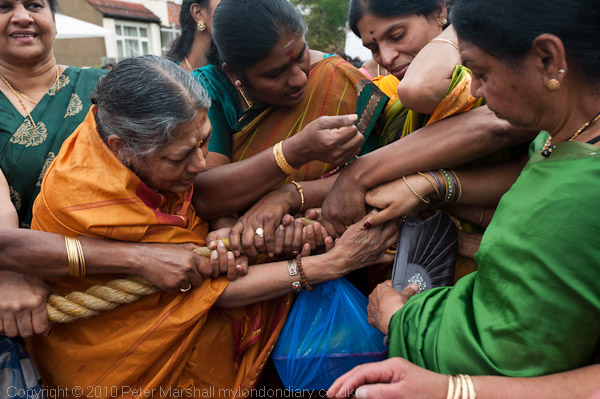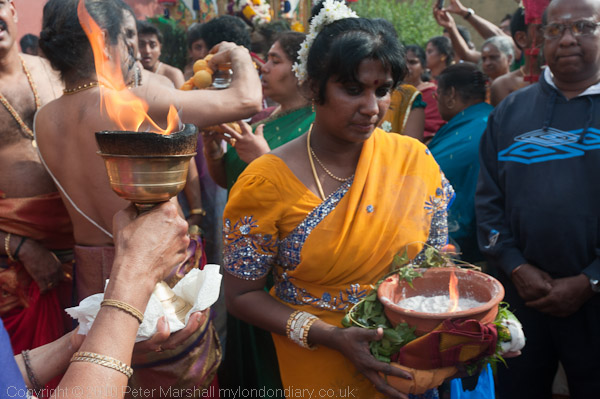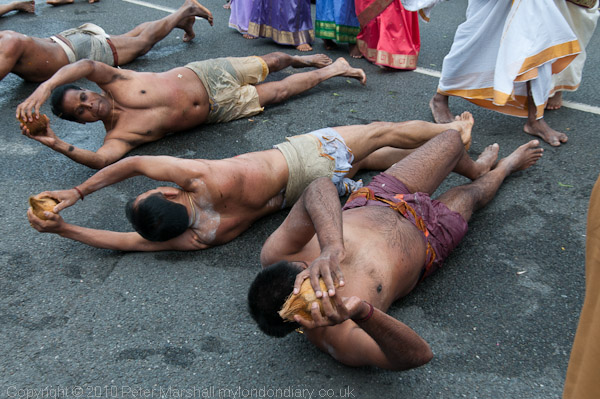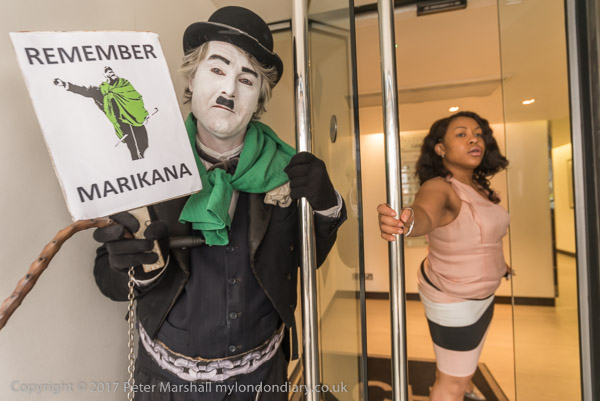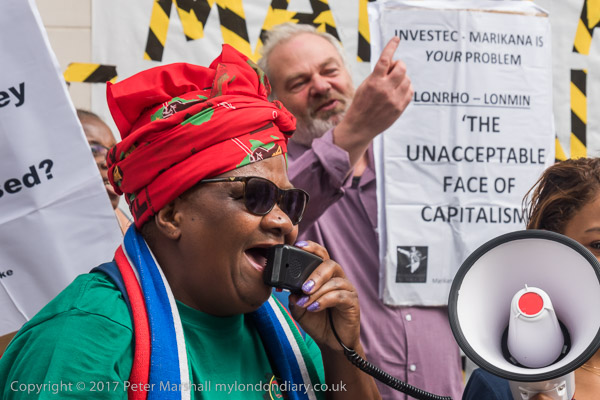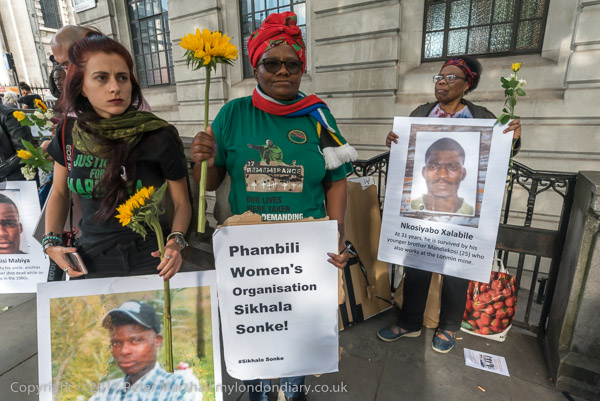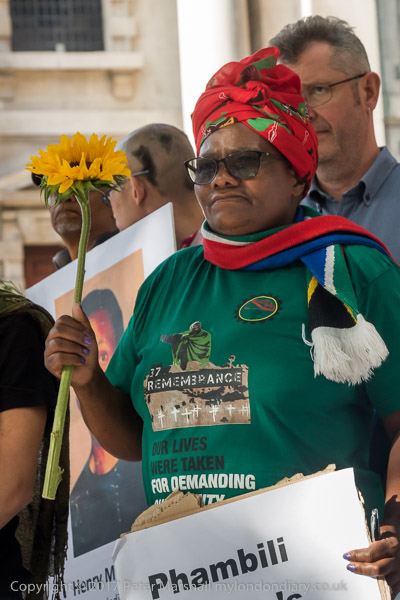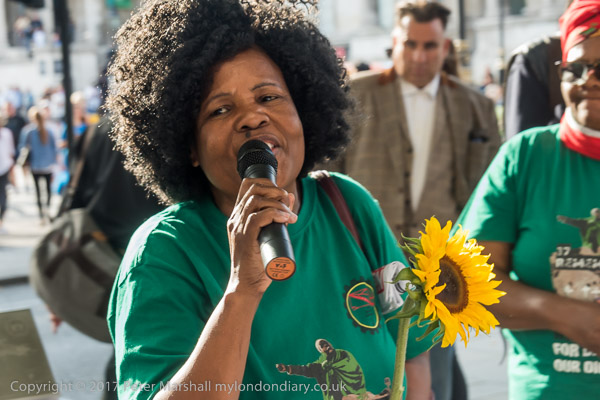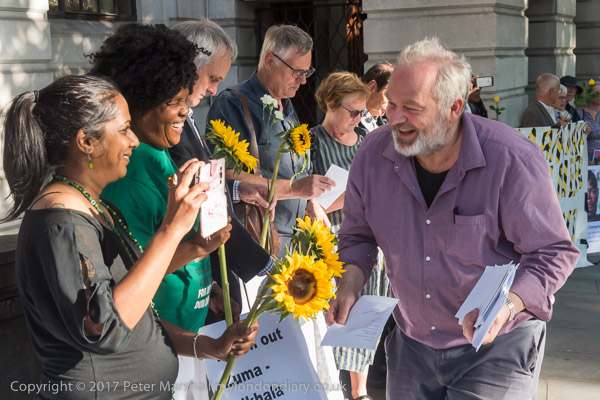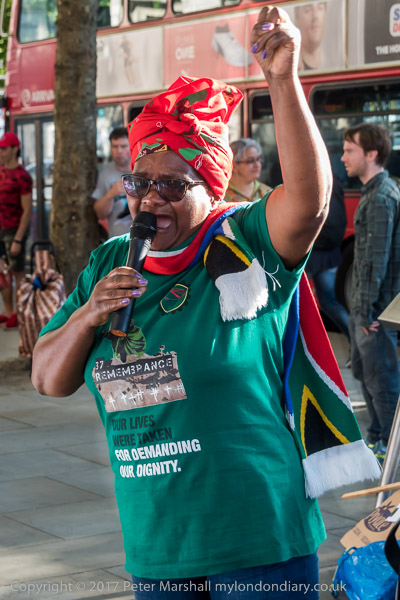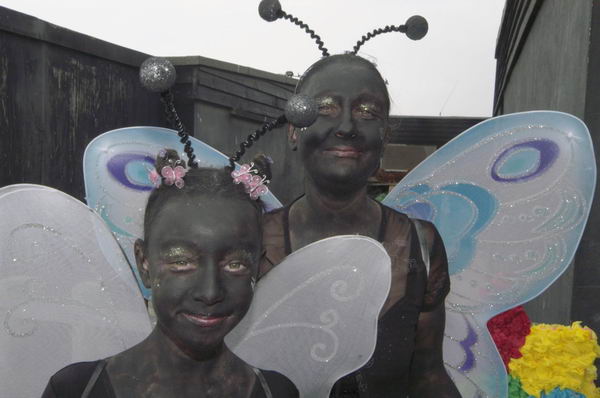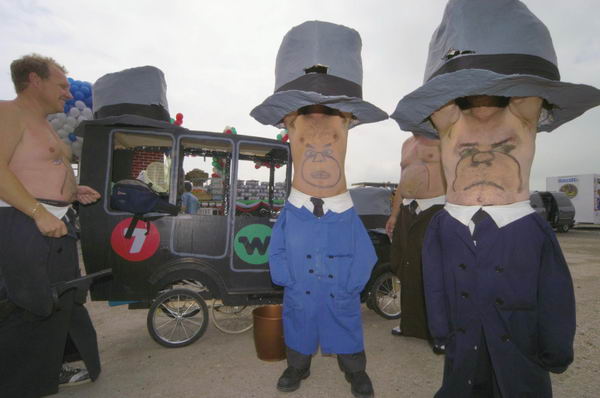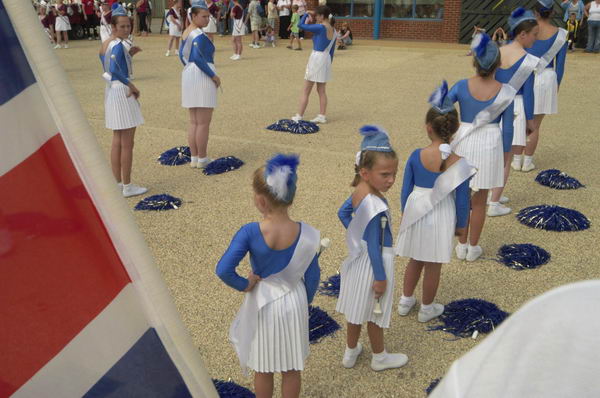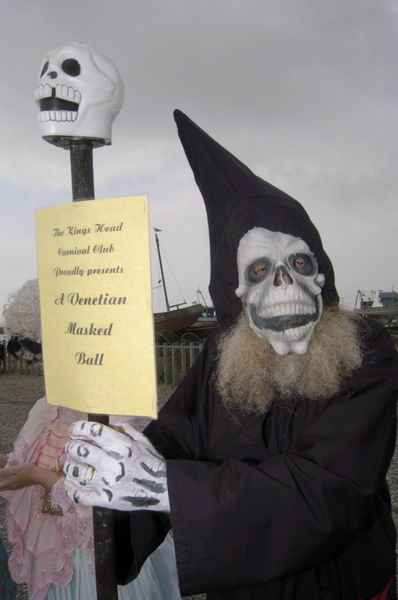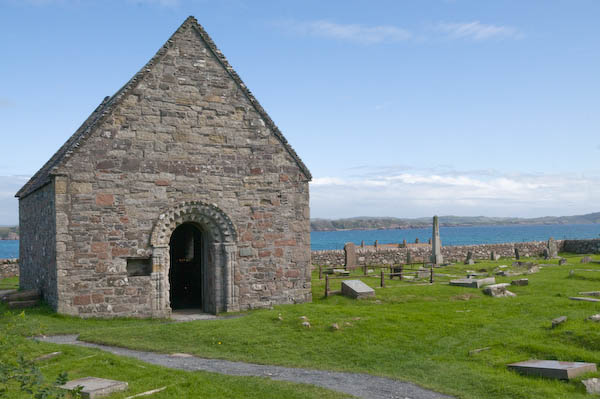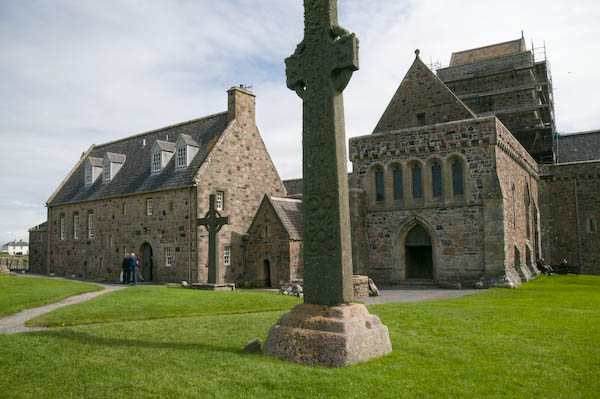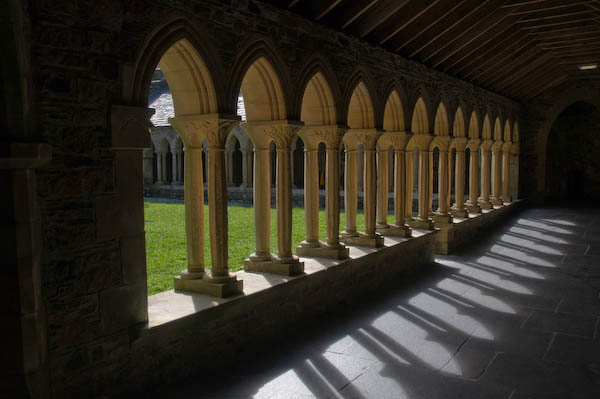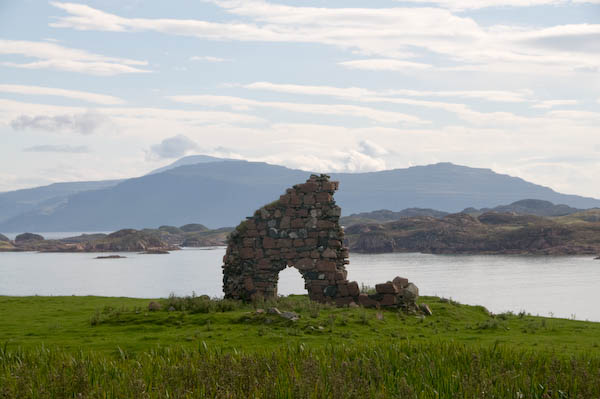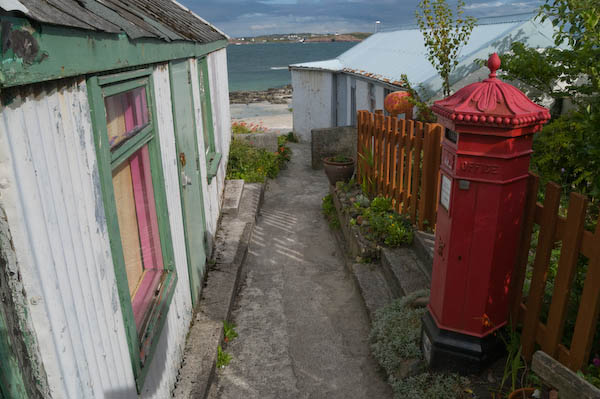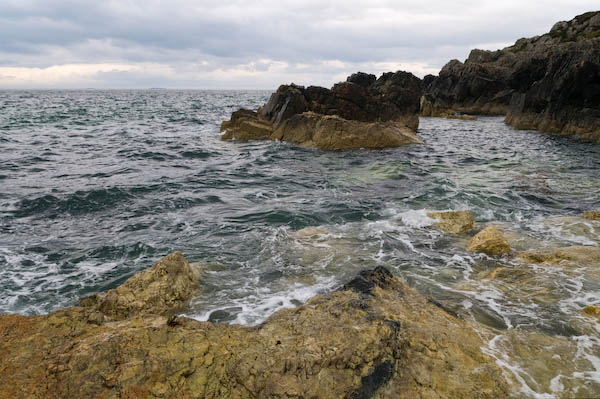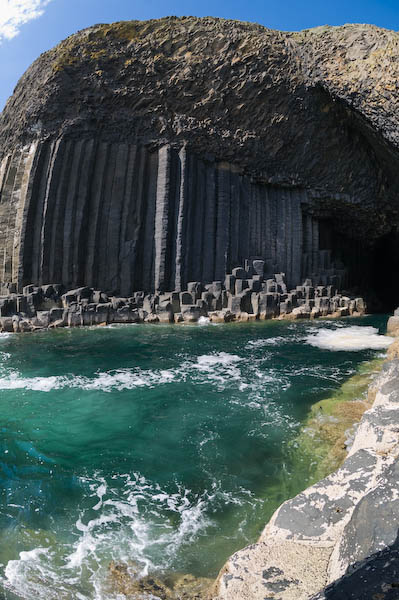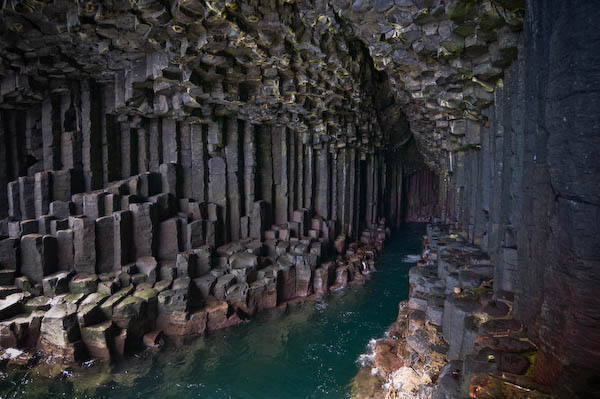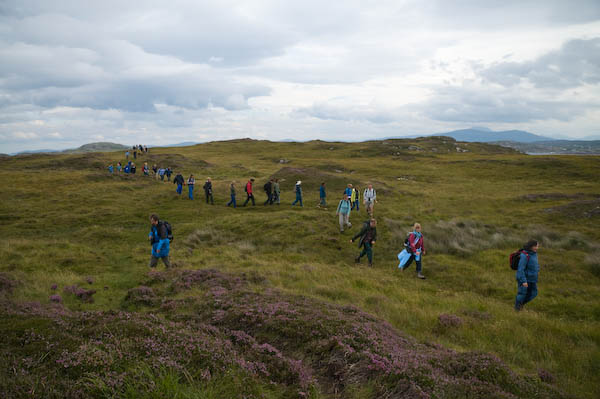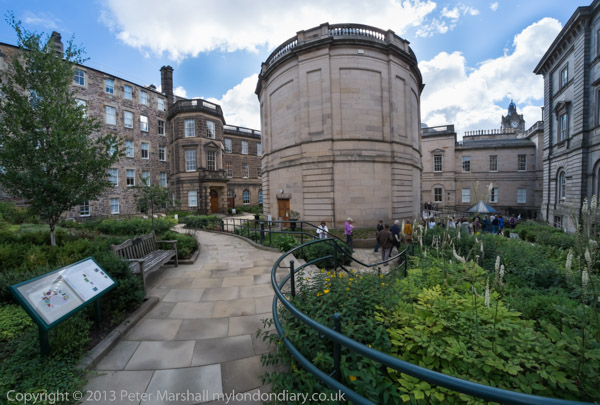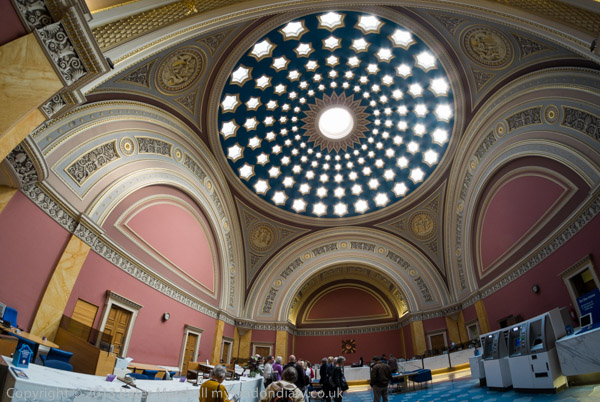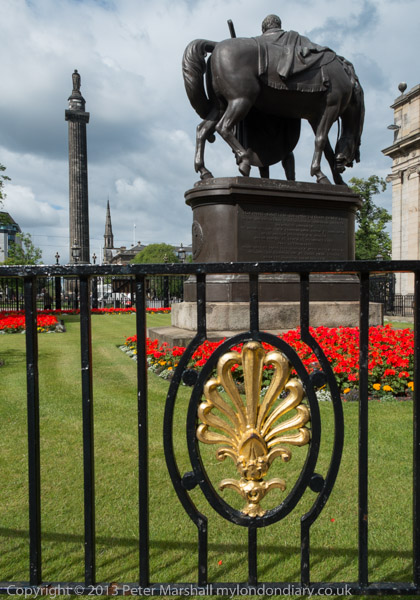Sean Rigg Memorial – 4 Years – Brixton Tuesday 21st August 2012
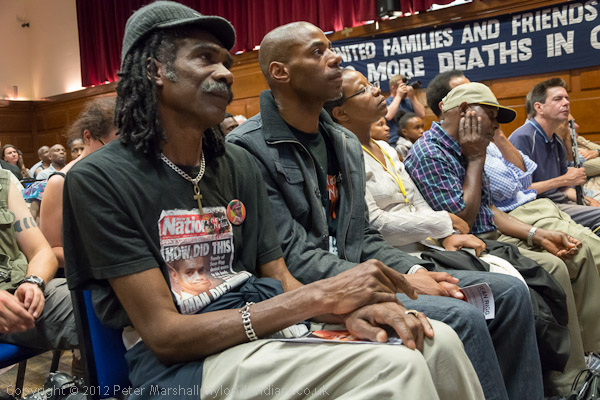
There is a lengthy piece on Wikipedia about the death of Sean Rigg whic states that his “case became a cause célèbre for civil rights and justice campaigners in the United Kingdom, who called for “improvement and change on a national level” regarding deaths in police custody and the police treatment of suspects with mental health issues.”
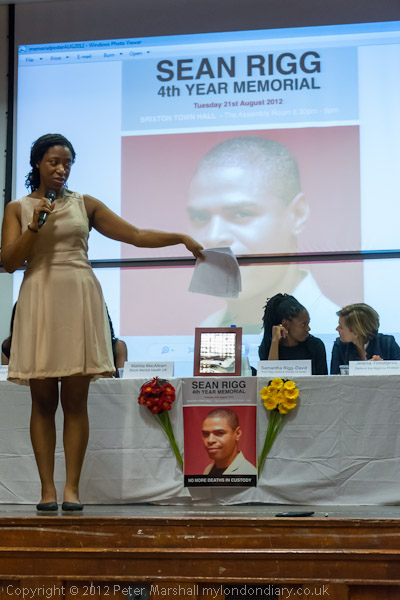
It goes into some detail of the circumstances of his death and the various enquiries that followed but fails to properly represent the huge effort investigating and campaigning by his family, particularly by his sister Marcia Rigg, which brought to light the many lies and failures of the police.

In 2023, the Independent Office for Police Conduct (IOPC) made an unprecedented apology in a letter to Marcia Rigg which you can read in full with her response on the Inquest site.

The Inquest post also has a clear brief summary of Sean’s arrest and the detention that killed him ad the failures of the IPCC investigation, along with a comment by Inquet’s director Deborah Coles, as well as the background to the case.
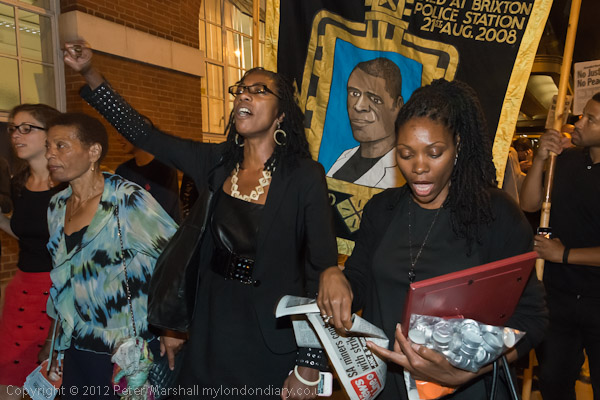
I’ve written on a number of occasions about the case – and of other suspicious deaths in police custody, including others involving Brixton Police Station, in particular the death of Ricky Bishop in 2001. Here I’ll simply write about the events in Brixton on the evening of Tuesday 21st August 2012.
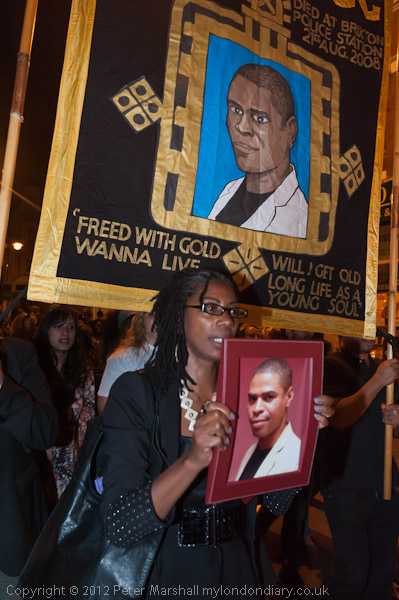
Fortunately I did not want a seat in the Assembly Hall inside Lambeth Town Hall as every one was filled for the memorial event four years to the day after his death. By the time this was over people were standing around the side of the hall and others waiting outside for the vigil.

Around 200 people lined up behind Mona Donle, Sean Rigg’s mother and his sisters Marcia and Samantha to march with the Sean Rigg banner to the memorial tree outside Brixton Police Station. Some held placards and carried flowers with his sisters carrying a framed portrait of Sean.
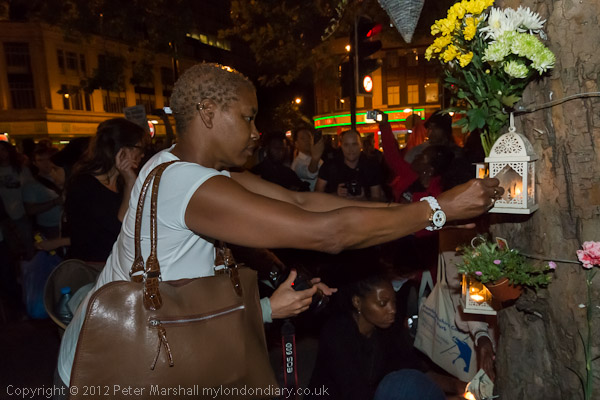
People laid flowers and lit candles at the memorial tree and put up Sean’s portrait and there were some speeches.
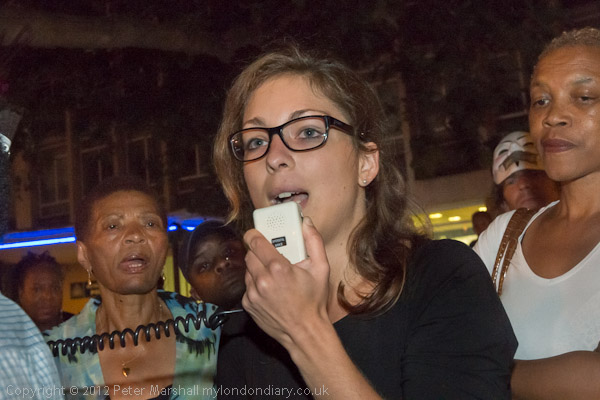
Mona Donle, a Brixton resident described a disturbing incident the previous Sunday in Windrush Square when three police officers violently assaulted a man who was clearly disturbed and acting unpredictably: “One officer choked him by holding his forearm across the man’s throat. Then another officer stamped on him. The foot was on his face and then the man passed out – we kept telling them to call an ambulance.”
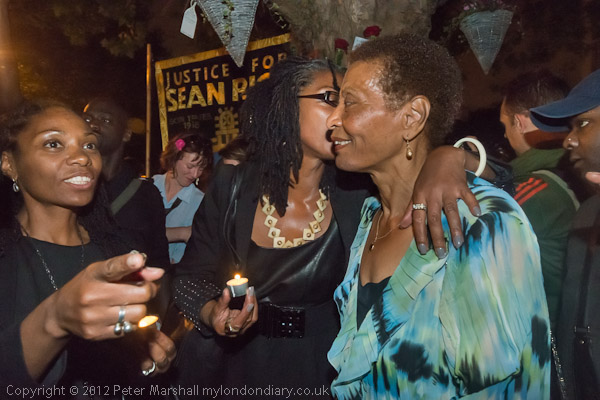
As I noted, “The police account reads differently, making no mention of the violence and suggesting that the ambulance arrived ‘approximately’ five minutes after the arrest.” An eye witness told me it was around 20 minutes before the ambulance came and that the man had only just come round.
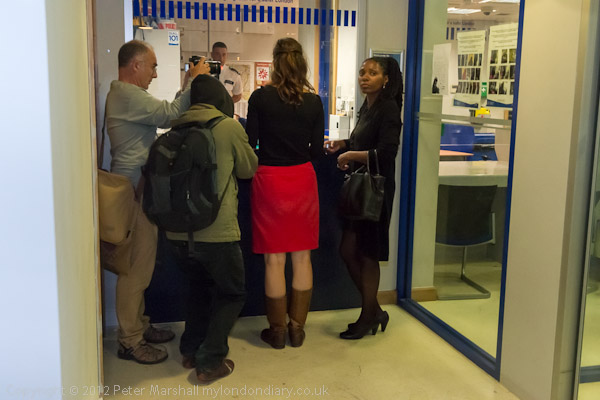
Sean’s mother spoke briefly and then Mona Donle went in to take in a formal complaint about the incident she had seen. At first I watched them from the doorway but when others piled in I joined them.
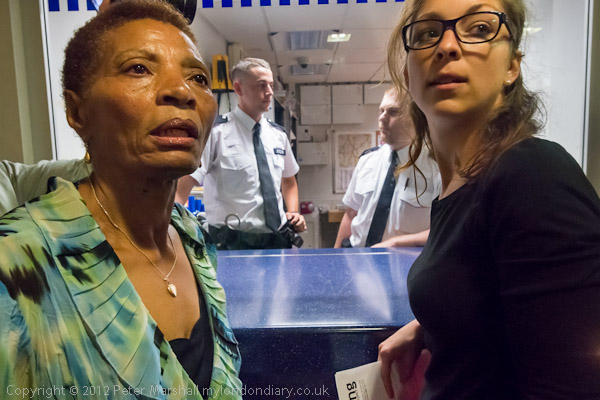
It was very crowded inside the police station lobby. The complaint was handed in, and a signed and dated copy was returned to the complainant.
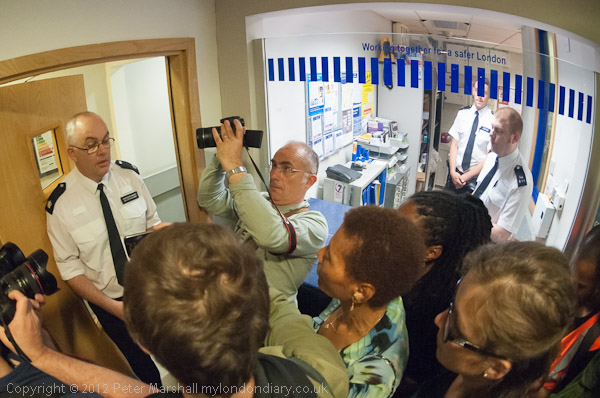
But they demanded to hear from a senior officer about what had happened, and after a few minutes Superintendent David McLaren came out, gave a short statement and tried to answer some of the questions, though clearly no-one was satisfied with his answers. The lobby was very crowded and getting hot and it was soon time for me to leave.

It didn’t seem likely that there would be much more happening. One of two people had tried to stir up a little trouble but the Rigg family had made it clear that they wanted this to be an occasion where respect was show for Sean and with others had helped to quieten things down.
More pictures on My London Diary at Sean Rigg Memorial – 4 Years.
Flickr – Facebook – My London Diary – Hull Photos – Lea Valley – Paris
London’s Industrial Heritage – London Photos
All photographs on this page are copyright © Peter Marshall.
Contact me to buy prints or licence to reproduce.






